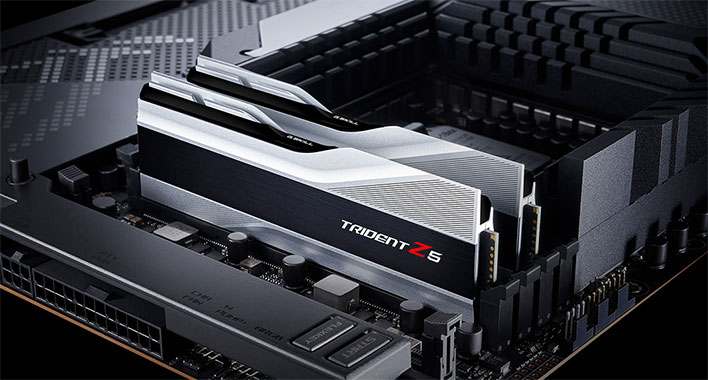These ASUS Z790 Motherboards For Intel 13th Gen Raptor Lake CPUs Support DDR4 RAM
This news comes from a filing spotted on the Eurasian Economic Union website by Twitter leaker 188号, better known as @momomo_us. The filing describes numerous extant and upcoming ASUS motherboards, but the ones we're interested in today are the models that end in the telltale "D4", indicating that they are designed with DDR4 DIMM slots instead of DDR5. Those models are:
- PRIME Z790M PLUS D4
- PRIME Z790-P D4
- PRIME Z790-P WIFI D4
- TUF GAMING Z790-PLUS D4
- TUF GAMING Z790-PLUS WIFI D4

Gamers using Alder Lake CPUs often opted for motherboards mounting DDR4 memory, and not just because it was cheaper. Systems using DDR5 memory need expensive, high-speed sticks to hit the same game performance as systems with current-day 3200 or 3600 MT/s DDR4 memory. That's because the latency of the DDR4 sticks is quite a bit lower than the cheaper and more readily available DDR5-4800 RAM.
With the price of DDR5 memory dropping every day, and more and more 6000 MT/s sticks hitting the market in preparation for AMD's Ryzen 7000 platform (which is rumored to have a "sweet spot" at that speed), it might be a better idea for new builders to go with DDR5 for Intel's latest and greatest. The extra memory bandwidth can really be helpful in certain tasks, like file compression.


